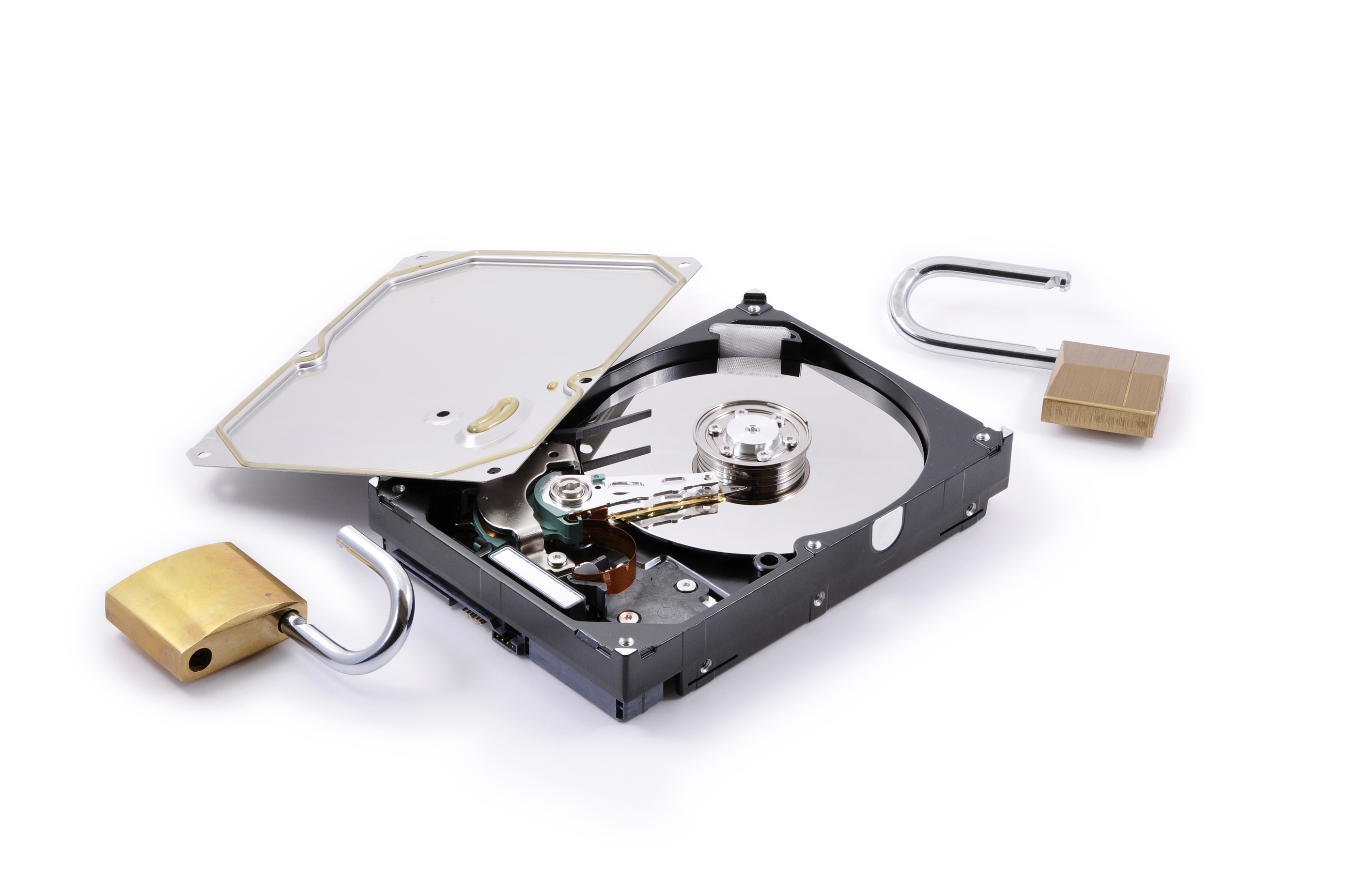October 06, 2021
How to Protect Personal & Confidential Information
How to Successfully Protect Personal and Confidential Information
In today’s data-driven world, when handling confidential information, business leaders have a duty to take the necessary steps to protect it. Whether it belongs to your customers, employees, or pertains to your organisation, failure to ensure data is properly protected can lead to lawsuits, fines and irreparable reputational damage.
According to 2021’s Cost of a Data Breach Report, it’s in fact the latter of that loathsome list that could be the most harmful to your business. Its findings show that lost business represented the largest share of breach costs (38%), at an average total cost of $1.59M1 .
But above all, businesses need to understand that regardless of sector or size, no one is immune from the long arm of data protection legislation. Last month was a prime example of this when a global retailer was subject to an $888 million fine – the largest single fine handed out to a company by any regulatory body 2.
So, if you’re business don’t happen to have a spare $888m on the balance sheet, the chances are you’ll need to up your data protection game. Fortunately, our latest blog is complete with five essential steps to help you do exactly that, so you can avoid costly fines – and any unwanted appearances on the nightly news.
1. Ensure Your Business Understands Data Protection Legislation
The first step to compliance with data protection legislation is understanding it. Small businesses and large enterprises alike need to ensure they’re familiar with their market’s legislation as well as having the expertise and resources to support this. With access to expert advice, be it internal or external, you’ll be far more able to protect your business.
Organisations should ensure that they are clear on their country and industry-standard data and confidential document management requirements Once published, these must be disseminated throughout the company and followed by everyone. Typically, these involve clear guidance on document retention and secure destruction. For example, confidential information should only be kept for as long as necessary to fulfil the original requirement of handling that information. Once you no longer need this data, partnering with a recognised document shredding company for the secure destruction of customer and employee confidential data is vital.
2. Implement Adequate Processes & Policies
When it comes to protecting personal and confidential data, processes are vital. Establish policies and procedures for reporting lost or stolen devices, suspicious activity, and suspected data breaches. All processes should include the same steps for all employees, regardless of their role or location, to minimise confusion.
But remember, processes and policies are only valuable if organisations spend the relevant resources to make sure the company complies and does what they say they’ll do.
3. Invest in Data Management Programmes
How data is used and how it’s managed is constantly evolving. So, your data management tools and programs must also evolve. Dedicate adequate time and resources to continuous improvements to identify risks within your business. This might involve some investment, but any outlay will cost far less than remediation, especially when you consider the impact of a loss of customer trust (and business).
Bringing in an independent party to periodically review your programs, your data protection practices, and to search for potential vulnerabilities can be effective, because it gives you another point of view.
4. Employee Education & Awareness
On the journey to protecting personal and confidential data, the first step to action is awareness. So, to be truly effective, organisations must strive to educate employees and raise awareness of how to identify areas that may be at risk of a data breach via comprehensive training.
It’s also vital to be consistent in your messaging, so it becomes a part of your organisation’s culture and, keep training engaging. By continually reinforcing the right behaviours, you can protect your people and business against potential threats.
5. Provide Actionable Guidance
Always ensure you provide clear direction, regardless of where your employees are based. For example, implement a clean desk policy for all staff to follow, whether they are on site or working from home. In addition, staff should be advised to securely store their documents and devices when they are not in use and securely dispose of any documents once they are no longer needed.
Actionable guidance like this is a powerful means to protect the personal and confidential information your organisation processes.
Get in touch today to see how our services can protect your employees, customers and company.
1 – Source: Cost of a Data Breach Report 2021
2 – Source: Bloomberg



.jpg/_jcr_content/renditions/stericycle-306-198.jpeg)